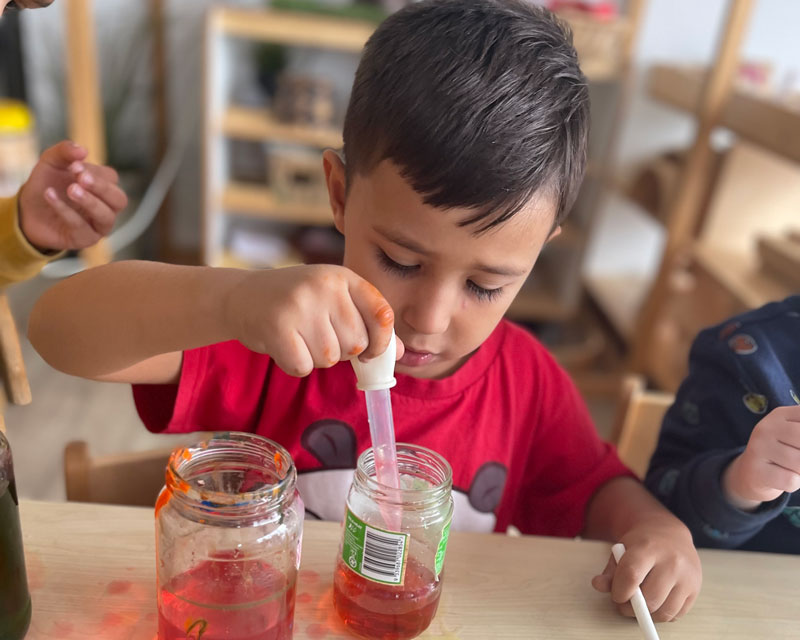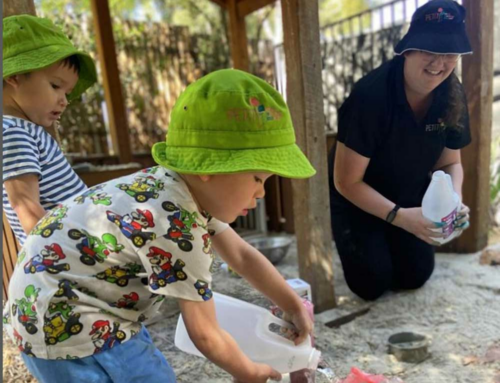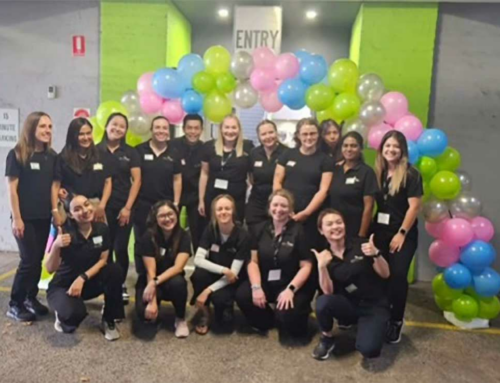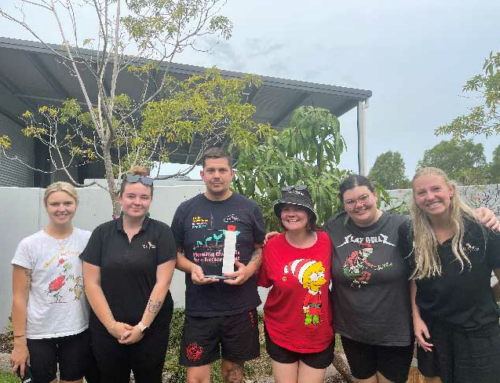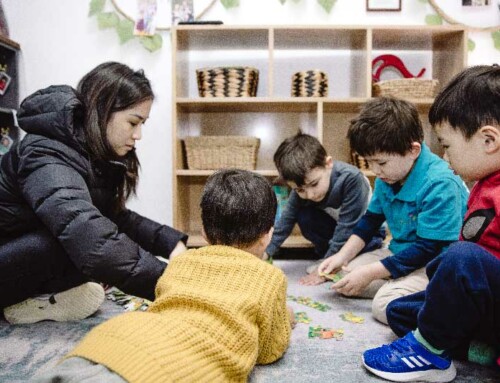We all know that children are creative. They come up with new and interesting ways to play, and they often see the world in a way that adults don’t. But creativity isn’t just about new ideas – it’s also about the process of creating those concepts.
In other words, the best way to be creative is to let go and allow yourself to experiment. And that’s something that children do naturally. When we encourage them to engage with their creative process, it promotes expression, exploration and discussion.
In this article, we investigate the world of children’s creativity and how best to support it in early childhood education and care (ECEC). Reagan Mckean, Educational Leader from Petit Early Learning Journey Elderslie, joins us to examine:
- Creativity in early childhood
- Encouraging children to be creative
- Benefits of process art vs product art
- Supporting process art in the learning environment
The images in this article have been carefully chosen by the Petit ELJ Elderslie and relate heavily to how they embed practices that encourage processes beyond artworks and through all ages and experiences.
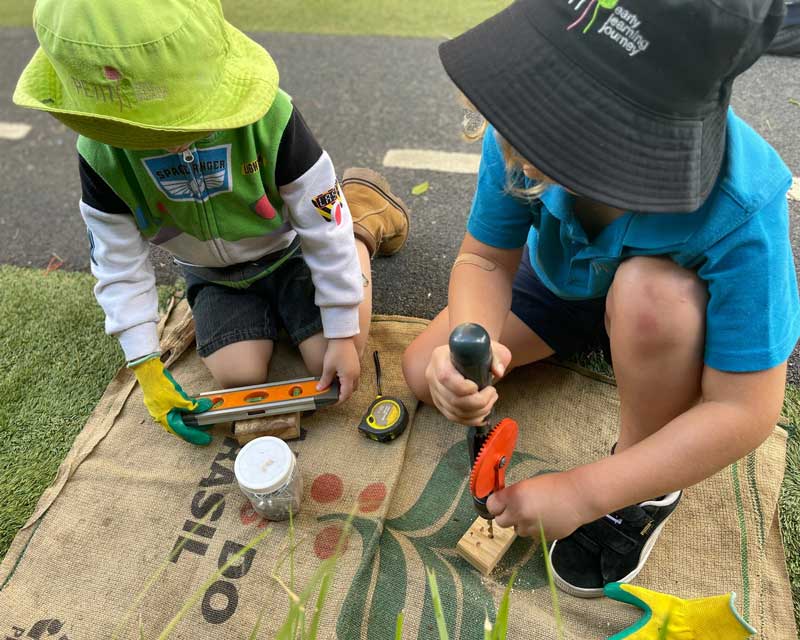
How do you define creativity in ECEC?
“Creativity is the ability to look outside the box,” says Reagan. “It is about the use of our imagination to express ourselves in a variety of ways or to overcome a challenge.”
“This can of course be achieved through art, drawing, painting, sculpting, singing, dancing and many other ways. But creativity can also look like problem-solving such as building the tallest tower imaginable, finding a new way to solve a problem or making connections between ideas.”
How do you encourage the children in your setting to be creative and curious?
“We encourage children’s creativity and imagination by providing open-ended and natural resources that can be whatever the children want them to be.”
In Process or Product? The Argument for Aesthetic Exploration in the Early Years, Deanna McLennan notes that open-ended experiences have the potential to focus on the process and not the end product.
“Open-ended activities… provide children with authentic, differentiated and holistic methods of exploration and learning.”
“We also utilise the environment as a third teacher and use the outdoor environment as much as possible to encourage the children to explore using all of their senses,” says Reagan.
“Engaging in dialogue with children about the world around them, prompting them with questions such as ‘What will happen if?’ or ‘“How can we achieve that?’ encourages children to engage in the creative process.
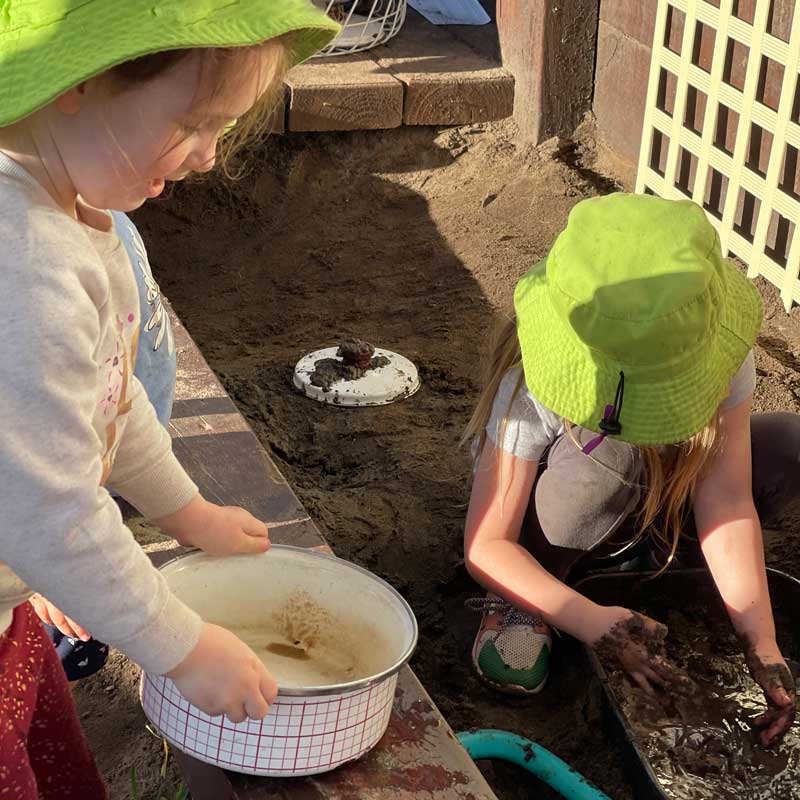
What are the benefits of process art versus product art?
“Process art is all about the journey. It is about the provocations the children use, how they can utilise their senses and the amount of creativity they use. When engaging in process art, not one artwork looks the same, and they will encompass the uniqueness of each child.”
“Whereas product art is all about making something look ‘beautiful’, and we often fall into this habit when creating gifts or celebrating holidays.”
Characteristics and benefits of process art for children
- Promoting reflection on thoughts and actions.
- Inspiring children to choose and select what they do, how they do it, when and why.
- No instructions to follow.
- No right or wrong way of creating.
- The central focus is the experience and not the outcome.
- Being free to explore and express themselves.
- Open-ended and flexible opportunities that promote positive dispositions.
- The sharing of ideas with other children and adults.
- A relaxing and fun experience.
- Direct observation by educators to track children’s use of resources and tools.
- Educators use higher-level questioning techniques that require children to interpret art and explain their process.
Through process art, children can demonstrate that they are unique and capable individuals.
Characteristics, benefits and disadvantages of product art
Product art on the other hand is often aligned with craft making. Its characteristics include:
- Instructions to follow.
- Children use identical resources and tools at the same time.
- A pre-made model of the end result.
- Everyone is doing and creating the same thing.
- Right and wrong ways with an educator correcting mistakes.
- Children may get frustrated easily.
- Pressure to create the product for decoration.
- Diminished creativity.
- Lower-level thinking focused on product and instructions.
- Children may learn a variety of techniques.
- Everyone takes part in the project at the same time.
- Children practise listening and observing.
- Educators may assess the end product rather than the process.
- Educators may focus on the use of gross and fine motor skills, encouraging children to use the same tools all at once, like scissors.

How do you support process art within the learning environment?
“Within the learning environment,” says Reagan, “we support process art by not telling the children what their artwork should be and avoid setting expectations of their artwork. We also provide a broad range of mediums for children to use within their art, such as paint, pencils and clay.”
“Another element that we consider is how we engage children in art in different environments, such as the outdoors and how different spaces may influence aspects such as lighting. This encourages children to explore shadows and textures.”
“Recently our Treasure Cove studio created a mosaic Christmas tree. The children used a hammer to break apart some old tiles we had from when the service was built. The use of hammers sparked discussions around safety when it came to using the tools and how sharp the tiles were.”
“The children placed the tiles onto an old chalkboard to create the shape of a Christmas tree. They engaged in dialogue about what they think a Christmas tree looks like and what their tree looks like at home. They then continued this experience by creating unique ornaments and decorations to add to the mosaic.”

Grow your career with Petit Early Learning Journey
At Petit ELJ, we believe it is important for our teams to observe, document, have conversations and encourage growth on topics that are central to children’s education and care. Reflection is a big part of what we do, and our teams are passionate about quality improvement and advocating for children’s rights.
We offer a shared commitment to the knowledge and theories of teaching across all our services. All team members receive a thorough induction process, ongoing professional development and access to our learning management system.
Are you ready to grow your career with Petit Early Learning Journey?
